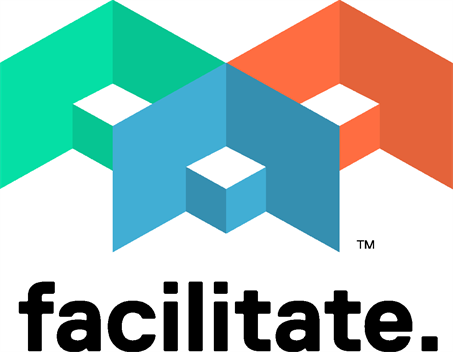ATD Blog
Digital Experiential Training: The Future for Engaging, Scalable, and Customized Learning
Thu Feb 29 2024

The world of learning and development (L&D) has been a hotbed of innovation, witnessing significant advancements in recent years. From digital-first strategies to integrating artificial intelligence (AI) and automation for personalized learning experiences, the landscape has evolved.
However, amidst these strides, one aspect remains relatively stagnant—the learning modalities themselves. While various approaches like in-person sessions, e-learning content, and XR technologies such as AR or VR have been utilized, innovation in this area has often been lacking. This is concerning because these modalities serve as the primary channels through which employees acquire new knowledge, often defining the success or failure of workplace learning initiatives.
The Constraints of Current Modalities
In-Person Learning
In-person sessions can be highly effective and engaging, offering a direct interaction between facilitators and learners. However, their scalability is limited, making them costly and challenging to implement across large or geographically dispersed organizations. Moreover, maintaining consistency in learning experiences becomes a challenge due to variations in facilitator expertise. The logistical complexities further strain L&D resources, often restricting in-person learning to high-value initiatives or specialized training needs.
E-Learning
Digital learning, particularly through e-learning packages, addresses many of the shortcomings of in-person sessions by being cost-effective, scalable, and standardized. Yet, it falls short in terms of learner engagement and overall effectiveness. The abundance of generic content and the inherent limitations of 2D screen-based interactions hinder immersive learning experiences, diminishing the efficacy of e-learning initiatives. Despite efforts to enhance engagement, organizations still struggle to deliver truly captivating digital learning experiences.
VR-Based Learning
Virtual Reality (VR) emerges as a promising alternative, offering immersive and interactive learning environments. While VR addresses engagement concerns and retains the scalability of digital learning, its adoption is hindered by a lack of readily available content. Creating customized VR content is resource-intensive and often requires specialized expertise, limiting its accessibility and affordability for many organizations.
Introducing a New Paradigm
What if there was a way to transcend these compromises and harness the full potential of existing solutions? Enter the Digital Experiential Training (DET) category—a transformative approach to workplace learning that eliminates the drawbacks of traditional modalities.
Digital Experiential Training represents a paradigm shift in workplace learning, offering solutions that defy the limitations of conventional approaches. These solutions are not mere enhancements but revolutionary alternatives prioritizing engagement, customization, scalability, and value.
What does this look like?
As the name suggests, solutions in the DET category will be “digital first” and provide experiential training experiences. Given these requirements, any solutions seeking to take advantage of this new category would need to have the following essential elements:
Self-Authoring Only. Solutions relying on outsourced effort will never be as cost-effective, flexible, and responsive as an internal capability.
Future-Proofed. Solutions in this category will need to be “future-proofed” and recognize the reality of adopting new learning technology; this means allowing for the creation of valuable content today, but ensuring that that same investment is still relevant and meaningful tomorrow.
Experiential by Design. Experiential training has a strong background in the learning sciences, and it suggests that adults in particular learn best by playing an active part in the experiences they partake in. This means digital training content must be seen as an experience that the learner: A) feels they are a part of, and B) has control of key outcomes that occur. Given this requirement, interactivity and immersion become essential to delivering effective training outcomes.
SME Empowering. Our view of the new category sees the empowerment of SMEs across an organization as key to unlocking the complete value of a training solution. Conversely, any solutions requiring specialist internal skill sets will be of limited value for all but the largest organizations.
For more information on the new category or creating your own digital experiential training, reach out to us at facilitate.tech.

